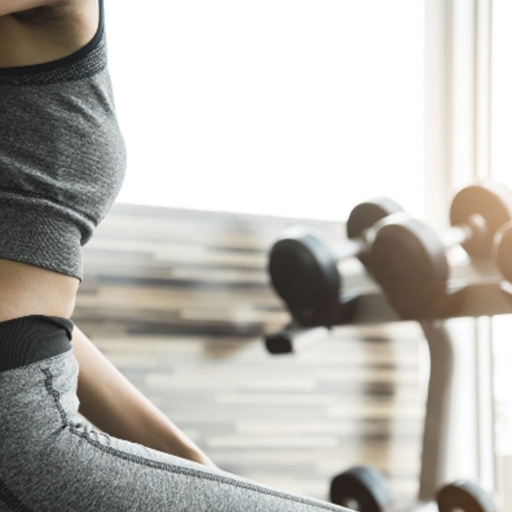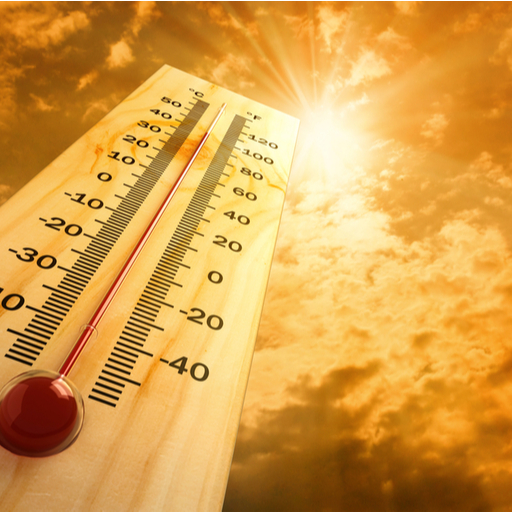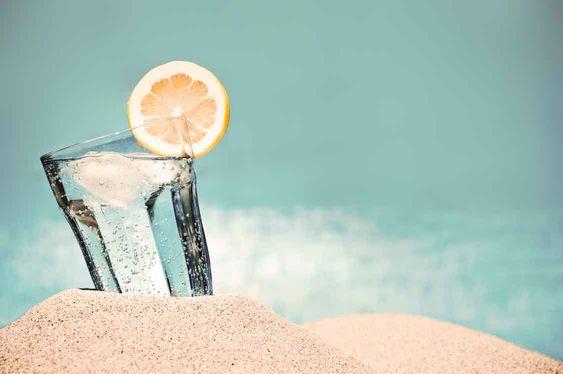With the summer season in full swing and high temperatures raging throughout the day, it is imperative to maintain a healthy lifestyle now more than ever. With the #HealthySummerWithActivLiving campaign, let your mental and physical well-being take precedence over heat-induced lifestyle conditions.
Here’s a guide to help you find out what causes heatstroke and simple tips to prevent it so it doesn’t stop your Activ Living in Summer.
What You Should Know:
- What is heatstroke?
- What are the causes of heatstrokes?
- How to detect heatstroke symptoms?
- Possible first aid options for heatstroke
- Steps to prevent a heatstroke
- How does heatstroke affect individuals with chronic diseases?
What is heatstroke?
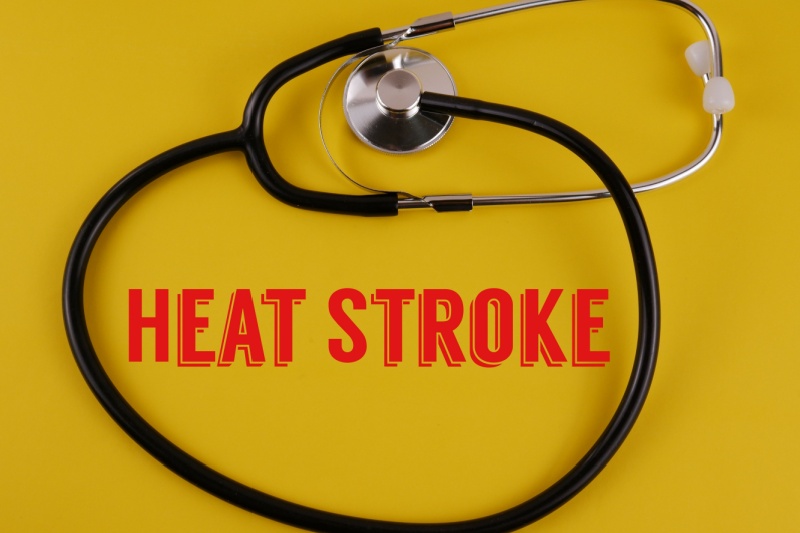
Heatstroke is a condition in which the body gets overheated, with a core temperature above 40 degrees Celsius. If not treated, it can lead to severe damage to internal organs and sometimes to the brain. This happens when someone is continuously exposed to a lot of heat.
What are the causes of heatstrokes?
Here are some causes that can lead to a heatstroke:
- Heatstroke is caused mainly by your body’s lack of ability to cool down by itself. When your body cannot produce enough sweat to keep it cool, it can lead to heat exhaustion.
- Performing vigorous exercises or physical labor for long periods can lead to heatstroke.
- Not drinking enough fluids or losing too much fluid through sweating can cause dehydration, increasing the risk of heatstroke.
- Alcohol can interfere with your body’s ability to regulate temperature, increasing the risk of heatstroke.
- Lack of ventilation in an indoor place can also lead to the body heating up.
How to detect heatstroke symptoms?
Before you suffer a heatstroke, you may face heat exhaustion. To identify this problem early, look for signs like excessive sweating and a general feeling of weakness. Here are some of the common symptoms of heatstroke:
- Muscle cramps: Muscle cramps, especially in the limbs and abdomen, indicate the body’s struggle with dehydration and loss of electrolytes due to excessive sweating.
- Heated and dry skin: As you experience a heatstroke, your skin may become hot and dry to the touch. This is because the body’s cooling mechanism (sweating) can fail, preventing heat from being released effectively.
- Difficulty breathing: Rapid, shallow breathing as the body attempts to release heat through increased respiration. This symptom reflects the respiratory system’s response to high internal temperatures.
- Feeling disoriented: Heatstrokes can cause dizziness and impair cognitive functions, leading to disorientation and difficulty thinking clearly.
- Intense sweating: Heat exhaustion leads to heatstroke, causing excessive sweating.
- Increased heart rate: The heart works harder to pump blood to the surface of the body in an attempt to dissipate heat, causing an increase in heart rate. This is a sign of the cardiovascular system being under stress.
- Lack of strength in the body causes weakness and exhaustion from its prolonged effort to cool itself, along with dehydration and electrolyte imbalance.
If not dealt with, a heatstroke can also lead to high fever or a coma due to damage to the internal organs and brain.
Possible first aid options for heatstroke
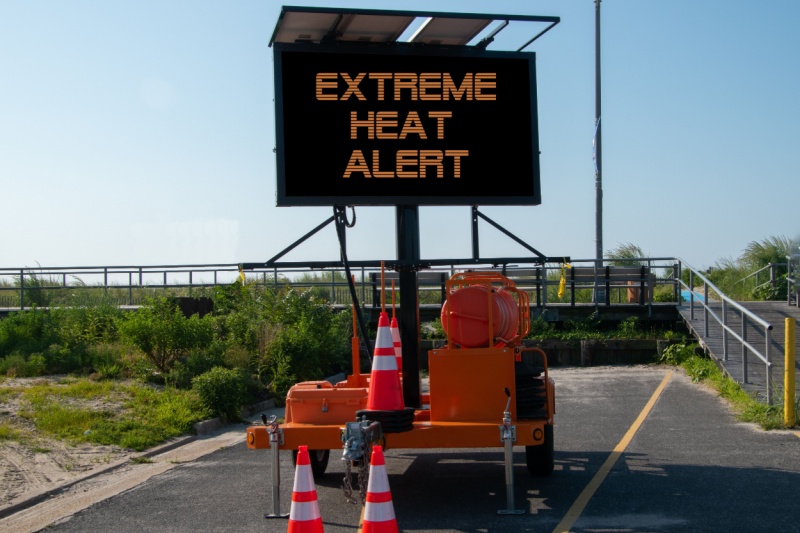
Heat is a medical emergency that requires immediate treatment. If someone is experiencing heatstroke, you can try applying the following first aid options:
Ice bath
You can also cover them with damp sheets or prepare an ice bath. However, in case of heatstroke, an ice bath should only be done under the expert supervision of a physician.
Remove excess clothing
Removing all the extra clothing can make a huge difference. This way, the cool air will reduce the core temperature and stop sweating.
Drink cooling fluids
One of the most common symptoms of heatstroke is dehydration. The person suffering from it has already lost a lot of water and electrolytes, so replenishing them with cooling beverages is essential. It could be an energy drink or a simple mix of electrolytes, sugar and salt. You can also make a lemonade.
Steps to prevent a heatstroke
It is a wise decision to stay indoors as much as possible. This can also prevent direct exposure to the sun, lowering the risk of heatstroke.
Here are some more preventive steps you can take to keep your body cool in this summer heat.
When you are outdoors:
- Cover your head with a cap or scarf, and restrict your activities to either early mornings or evenings.
- Wear loose and light-colored clothing. Cotton is a good summer fabric.
- Wear UV-protected sunglasses and carry a water bottle to stay hydrated.
- Carry wet wipes or a damp cloth to dry your face and keep it cool.
- Take a cool shower after you return home.
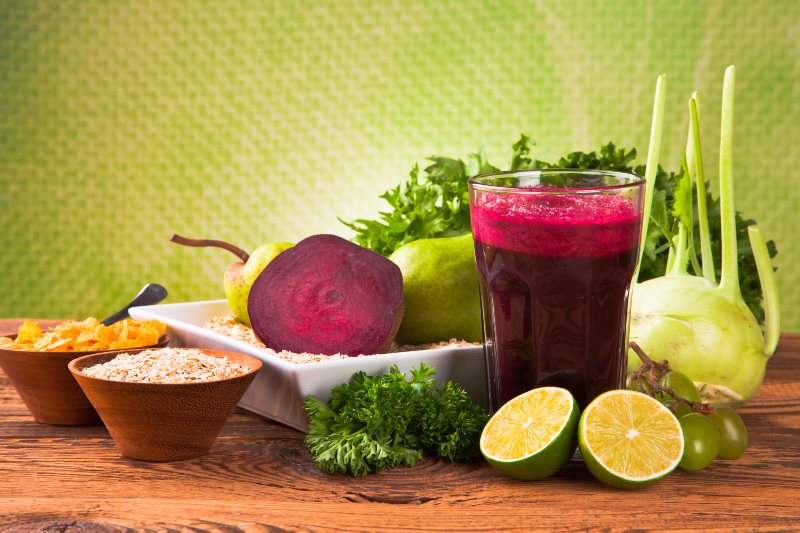
When you are indoors:
- Avoid coffee, other caffeinated drinks, and alcohol, as they will only further dehydrate you.
- Ensure regular intake of cooling fluids like water, lemon juice, coconut water, and aam panna.
- Include more hydrating fruits and vegetables like watermelon, musk melon, orange, beetroot, cucumber and lettuce.
Here are some other heatstroke preventive measures that you can take to stay safe during this summer:
- Opt for light and airy clothing, including a hat with a wide brim, and apply sunscreen with a minimum SPF of 30.
- Increase your fluid intake, aiming for at least eight glasses of water or juice daily to avoid dehydration. Replacing water with a sports drink can help replenish lost electrolytes through sweat in high heat and humid conditions.
- Keep yourself hydrated when engaging in outdoor physical activities or while at work.
- Adjust or forego outdoor plans if possible, preferring the cooler early morning or evening hours for such activities.
How does heatstroke affect individuals with chronic diseases?
Heatstroke can have a more severe impact on individuals with chronic conditions (heart disease, diabetes, lung disease, or obesity) because it can weaken the body’s ability to regulate temperature, making it more difficult to avoid or recover from heatstroke.
If you suffer from high blood pressure and start sweating a lot due to elevated body temperature, chances are, your body might go into shock, and you risk fainting, too. Usually, people over 65, young children, pregnant women and babies are at an increased risk of experiencing a heatstroke.
Heatstroke can also exacerbate existing chronic conditions, leading to complications such as kidney failure, respiratory distress, and heart attack.
Many patients who are dealing with chronic illnesses and take heavy medication daily may have elevated core body temperature and show signs of heatstroke.
This is why taking extra care of yourself during summer and staying hydrated is essential to reduce the risk of heatstroke. Individuals with chronic conditions should take extra precautions and consult their healthcare provider during hot weather.
Stay tuned to the Activ Living Community. Keep up to date with the latest health tips and trends through expert videos, podcasts, articles, and much more in nutrition, fitness, mindfulness, and lifestyle conditions like Asthma, Blood Pressure, Cholesterol, and Diabetes. Activ Living ke saath sahi sehat ki shuruaat ABHIkaro.
You may also be interested in the following blogs:
- Suffering From Foodborne Diseases? Follow These 5 Summer Food Safety Tips
- What Are The 6 Summer Mindfulness Activities You Can Try With Your Kids?
Popular Searches
How to lower blood pressure | Fruits good for liver | Unhealthy foods | Ragi Benefits | Basal Metabolic Rate | Acupressure points for High Blood Pressure | Ayurvedic medicine for blood pressure | How to control cholesterol at home | Homeopathy for Asthma | Biological Age | Home remedies for TB | Natural beta blockers | Negative effects of internet | Types of walking | Blood pressure calculator | Blood sugar calculator | BMI Calculator





 1800-270-7000
1800-270-7000




